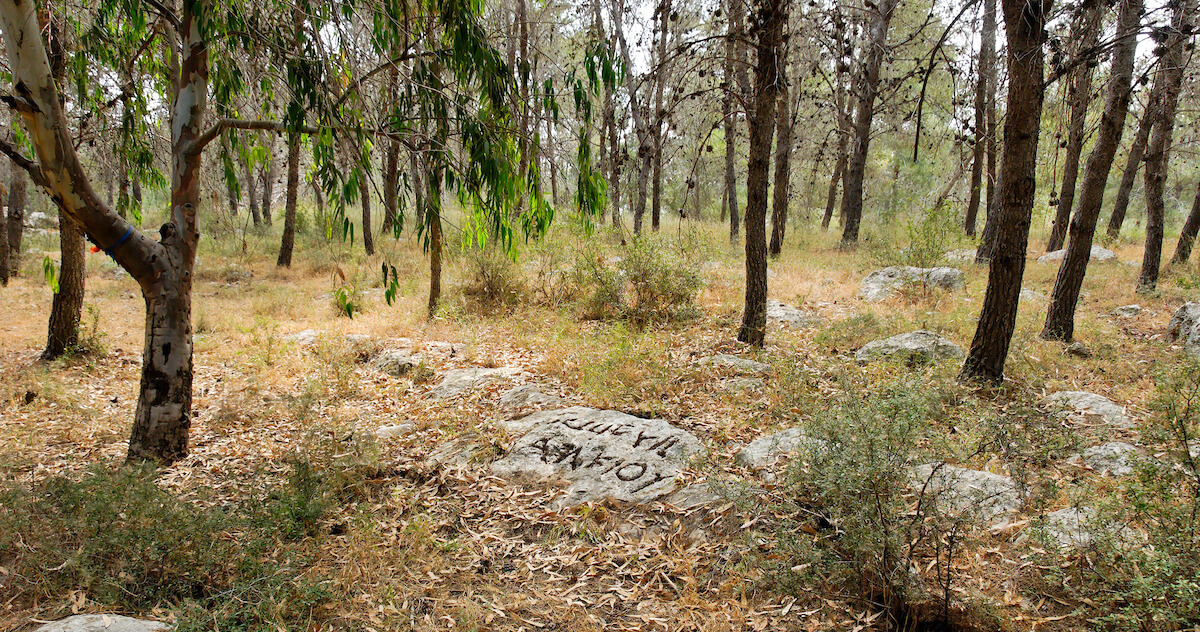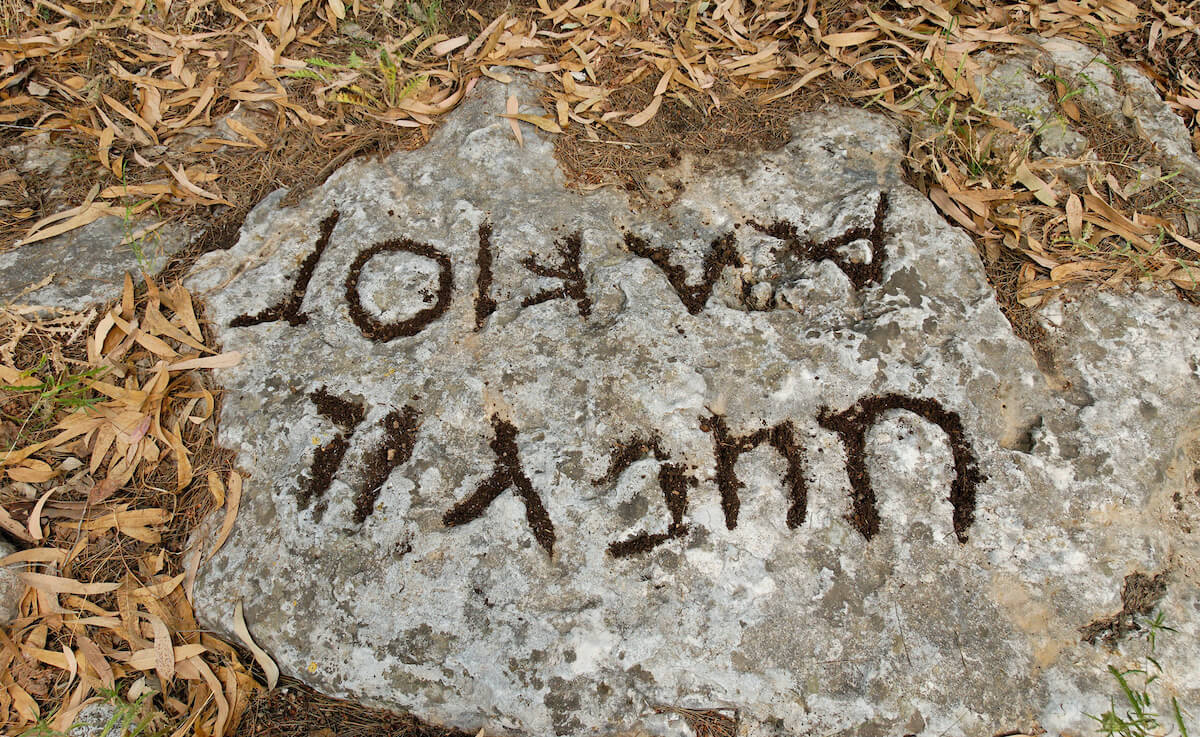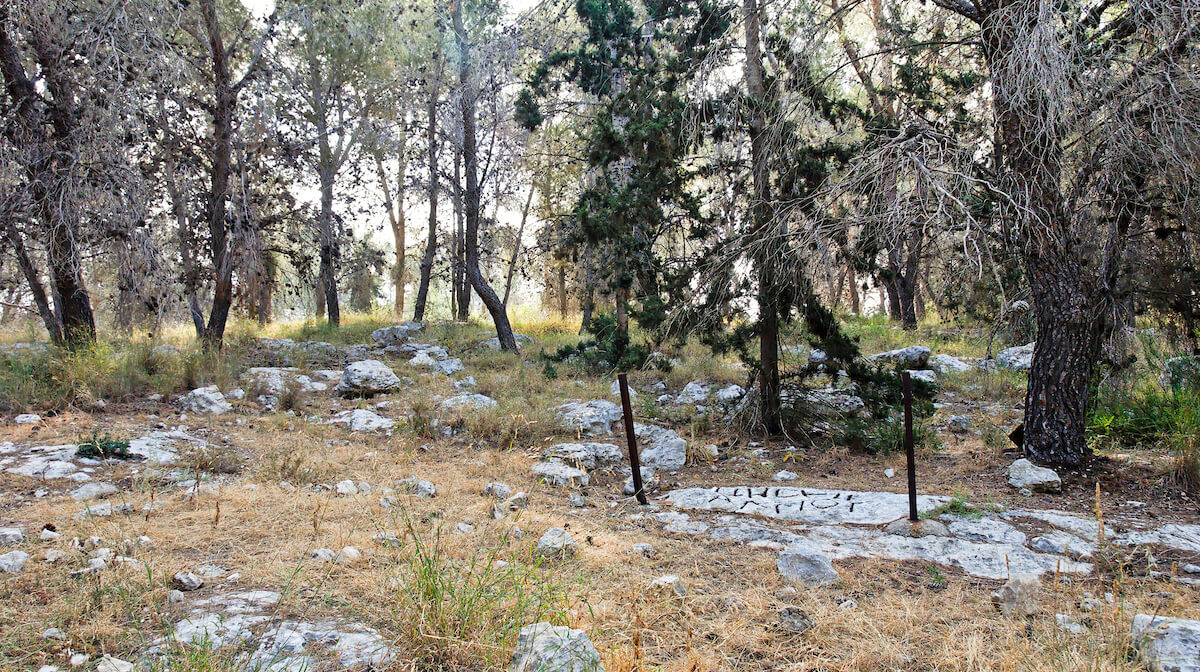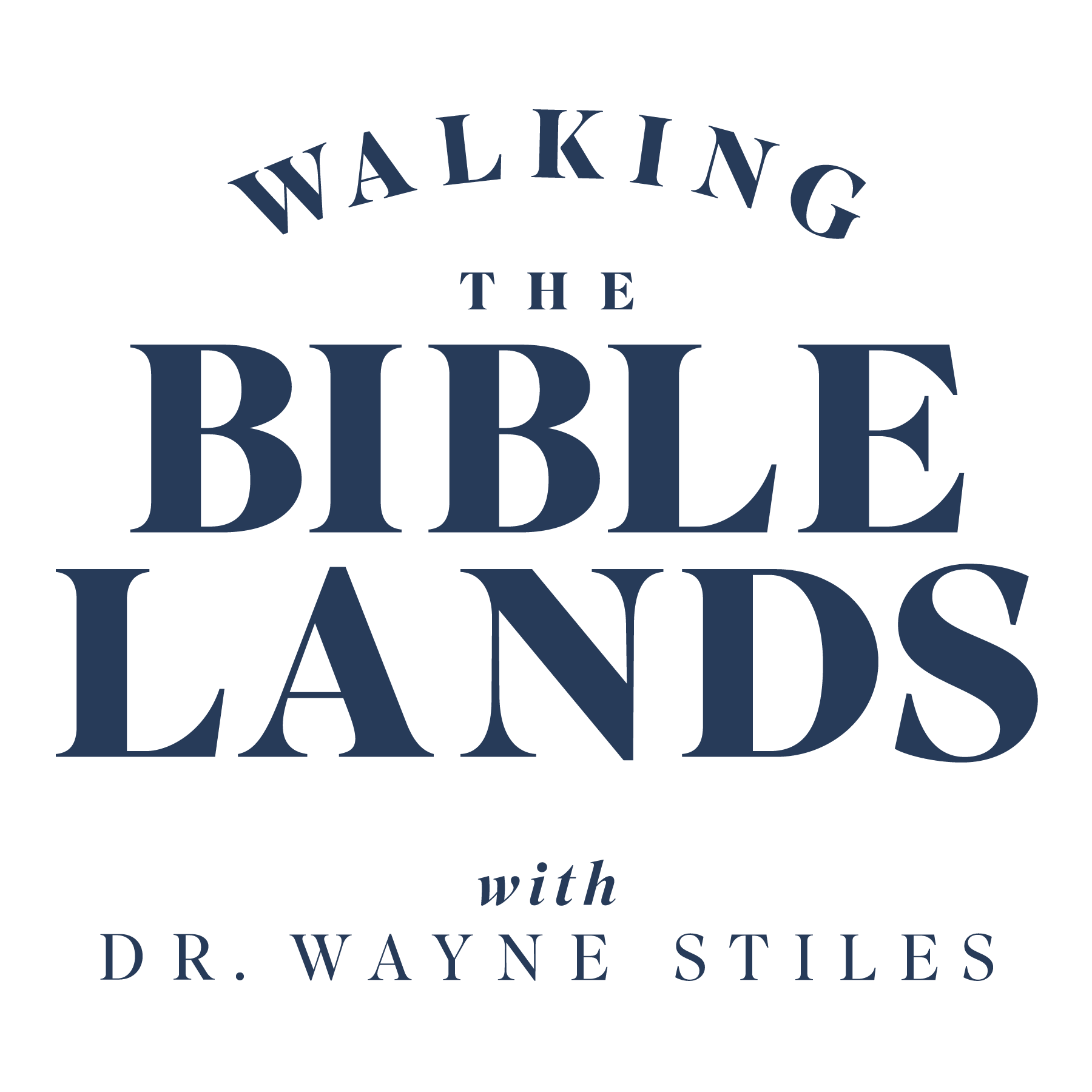3 min read
How the Gezer Boundary Stones Speak to Your Spiritual Life
Those stones are there for a reason you can trust—even if you don’t understand.
Admin
:
Aug 27, 2017 10:00:12 PM

Think about the land you live on. The dirt beneath your house has been there for thousands of years. The hills that surround your neighborhood haven’t moved since God put them there at creation.

(Photo: Gezer boundary inscription number 8. Courtesy of the Pictorial Library of Bible Lands)
We protect and defend our property, don’t we? It’s a big deal. We post signs to warn trespassers. We build fences. We install security systems.
After all, the land is ours. (For now.)
But if we think about it, someone else lived here before us. And after we leave this life, another titleholder will own, work, and defend the land we owned for a few years. (In my case, the next owner will have a forest of great trees we planted from saplings. You’re welcome.)
The discovery of ancient boundary stones at Tel Gezer in Israel remind us of more than biblical property lines.
They prompt us to observe essential boundaries in our spiritual lives.
Gezer Boundary Stones—Still There
Today, we have plats that outline the legal boundaries of our lots, lands, and neighborhoods. The survey pins stay in the ground at section corners in case a question ever arises.
In biblical days, however, boundary stones served as the survey pins between personal property.
In 1874, Charles Clermont-Ganneau discovered a Hebrew inscription chiseled in the bedrock near Tel Gezer. Its translation, “the boundary of Gezer,” provided the first identification of a biblical city from an ancient inscription. Eleven of the thirteen boundary stones discovered bear the Hebrew phrase, “the boundary of Gezer”—and most also include Greek names also identifying the landowner(s).

(Photo: Gezer boundary inscription 8—Hebrew at bottom, Greek at top. Courtesy of the Pictorial Library of Bible Lands)
The boundary stones at Tel Gezer date from the Hasmonean or the Herodian eras (about 140–4 BC). But their presence speaks to a practice—and a practical principle—that dates centuries earlier.
Boundary Stones—Then and Now the Principle Applies
Even though our mortgage or rental contract has our name on it, the land belongs to God. He created it and graciously allows us (along with our bank) to “own” it as temporary stewards.
Today we get miffed when a neighbor ignores property lines and mows part of our grass or weed-eats our begonias. But in the ancient days, it had repercussions far worse.
The first mention of boundary stones in Scripture also came with a warning:
You shall not move your neighbor’s boundary mark, which the ancestors have set, in your inheritance which you will inherit in the land that the LORD your God gives you to possess. —Deuteronomy 19:14
Then as now, the land belongs to the Lord, not to people (Lev. 25:23). God “gives” land as an inheritance to possess—and then to pass on. Moreover, even though God’s people worked the land, He required them to cease work one day a week in order to remember that provision ultimately comes from God—even when they rested (Ps. 127:2). The Sabbatical Year also reminded them the land was God’s (Lev. 25:4)
Moving boundary stones may seem like a non-issue to us. But it proved a big enough temptation that the warning showed up six times in the Bible (Deut. 19:14; 27:17; Job 24:2; Prov. 22:28; 23:10; Hosea 5:10). Even before the written Scripture, moving a boundary stone pointed to a lack of integrity (Job 24:2).

(Photo: Gezer boundary inscription number 5. Courtesy of the Pictorial Library of Bible Lands)
Moving a boundary stone crossed the line in more ways than one.
- The act was equal to stealing someone’s property.
- It smacked of ingratitude to God, who set up the property lines.
- It betrayed one’s lack of trust in the Lord to provide as He sees fit.
- It broke the eighth commandment (Exodus 20:15).
Boundary Stones Surround Your Life
One way to keep someone from moving a boundary stone was to carve it in bedrock. That’s what happened at Gezer. Those inscriptions still stand after all these centuries.
Although we don’t have boundary stones today, the principle still applies in a spiritual sense. When we step over the line God has carved in the bedrock of His Word in order to feed our greeds or gratify our impatience, we do more than take what isn’t ours.
- We also reveal that we think God’s will for us—for our lot in life—is inadequate. It fails to meet our needs.
- In those moments when we push the boundaries, we tell ourselves that we know better than God does what is best for our lives.
The Gezer boundary stones were lost for centuries—buried and hidden—but still there. Unmoved and etched in bedrock. God’s boundaries in our lives remain the same. If we’re honest, we can look back at times we crossed the line and see that that the compromise never delivered on its promise.
Those stones are there for a reason you can trust—even if you don’t understand.
Want To Tour The Bible Lands From Wherever You Are?
Embark on an immersive, online journey through the sites of the Bible with Wayne Stiles and Walking the Bible Lands. Click below to learn more:
Tell me what you think: What boundary stone is essential for your life today? To leave a comment, just click here.
Click here to leave a comment.
-1.png?width=5230&height=1198&name=unnamed%20(4)-1.png)


.jpg?width=350&name=Wayne-books-350wide%20(1).jpg)




